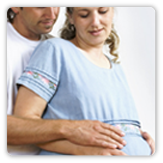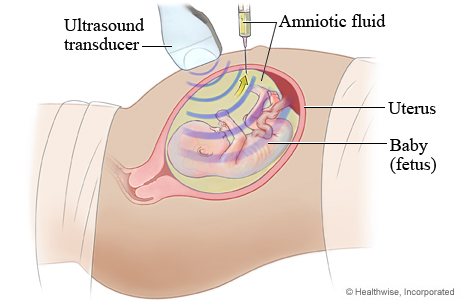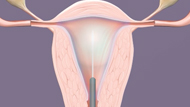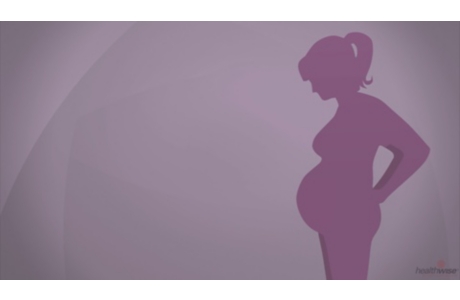Kirtly Jones MD
Polyhydramnios is a condition in which there is too much...
Guides you through the decision to have an amniocentesis test....
Guides through decision to treat abnormal uterine bleeding. Explains symptoms...
After 18 to 20 weeks, you will notice that your...
During pregnancy, changes in the hands are common. Mild swelling...
Guides through decision to have a vaginal birth (VBAC) after...
A subchorionic hemorrhage is bleeding under one of the membranes...
There are several ways for your doctor or midwife to...
Your first prenatal visit is likely to be more extensive...
Leg cramps affect almost half of all pregnant women. 1...
Showing 1-10 of 651 results





